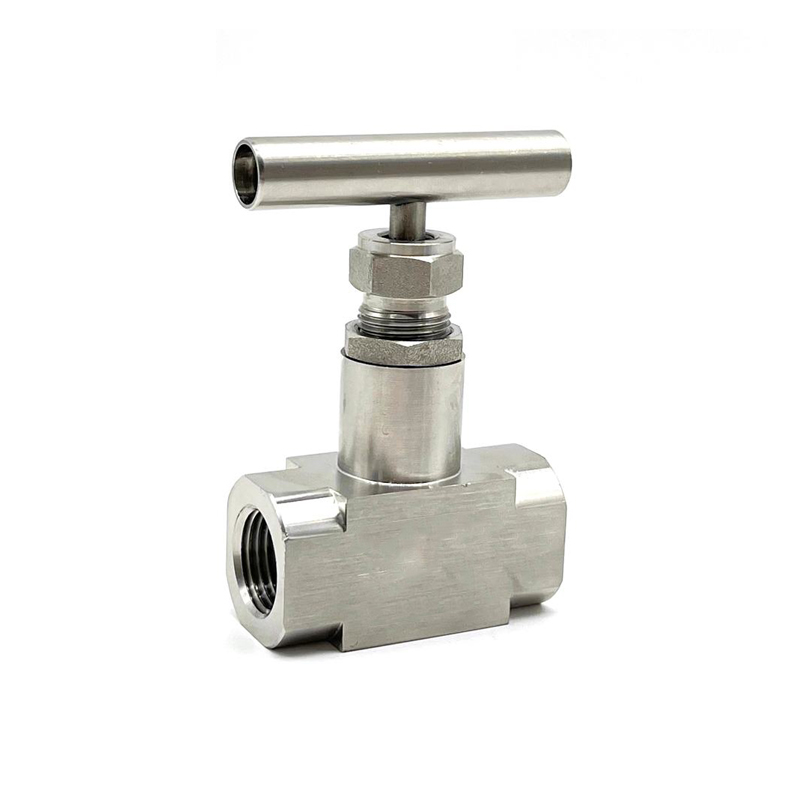Working principle of Needle Valve: The eccentric rotary regulating valve is a straight-through valve body structure with novel structure and low fluid resistance. The rotation center of the valve core is not concentric with the rotation axis, which can reduce the wear of the Universal Valve and extend the service life; after the valve core The bottom is equipped with a deflector wing, which is conducive to the stable flow of fluid and has excellent stability. At the same time, it also has the advantages of large flow rate and wide adjustable range, which is especially suitable for the control of process systems containing slurry.

The Needle Valve body has a simple flow path and low resistance. Compared with single and double-seat valves of the same caliber, it has a larger flow capacity, but its weight is only about 1/3 of it. The deflection valve adopts rotational motion, which improves the sealing performance of the stuffing box and has a large output force. Therefore, the valve has small leakage, high rigidity, and can work reliably under the rated pressure difference. The eccentric rotating valve core and
Valve Stem only perform rotational motion, so the friction force it endures when it switches is very small. When the valve core and the Universal Valve are in contact and closed, the flexible arm of the valve core will produce slight elastic deformation under the thrust of the actuator. The elastic tension force makes the valve core and the Universal Valve have closer and firmer contact. Therefore, the leakage of the
Eccentric Rotary Valve is very small. At the same time, the thrust required to close the valve is smaller than that of ball valves and butterfly valves.
1) The Universal Valve has a long service life. Durable, strong metal or ceramic Universal Valve sealing ring and eccentric valve core, during the opening and closing process, as shown in the left figure, reduce the friction between the valve core and the Universal Valve, improve the damage of the Universal Valve sealing surface, and Resistance when opening. When the valve core rotates to the closed position, the valve core and the Universal Valve sealing ring will automatically overlap to achieve a more reasonable cooperation between the sealing surfaces. The material of the Universal Valve sealing ring can be 316 stainless steel, A105 forged carbon steel, surfacing carbide and ceramics.
2) Reliable performance. The special Universal Valve sealing ring design can automatically center, self-lap, and dynamically align with the valve core, which can extend the service life. Sealed metal bearings prevent particles from accumulating on the shaft surface and preventing the valve plug from turning.
3) Can be operated in a variety of ways. The self-centering Universal Valve seal and sturdy valve core provide sealing when used in either forward or reverse flow direction. When using the backward flow direction, the outlet turbulent flow area is away from the sealing surface of the Universal Valve. In addition, the 90°C stroke of the valve core also helps to reduce the erosion of the valve core and the flowing medium, reducing the possibility of damage.
4) Easy to install. The valve body with flange can be connected with pipe flanges of different grades. According to different design requirements, exposed flange screws can also be avoided. The positioning surface and overall effect during installation are also better. Pressure-type flangeless valve bodies are also available, which can be positioned by flange screws during installation.



